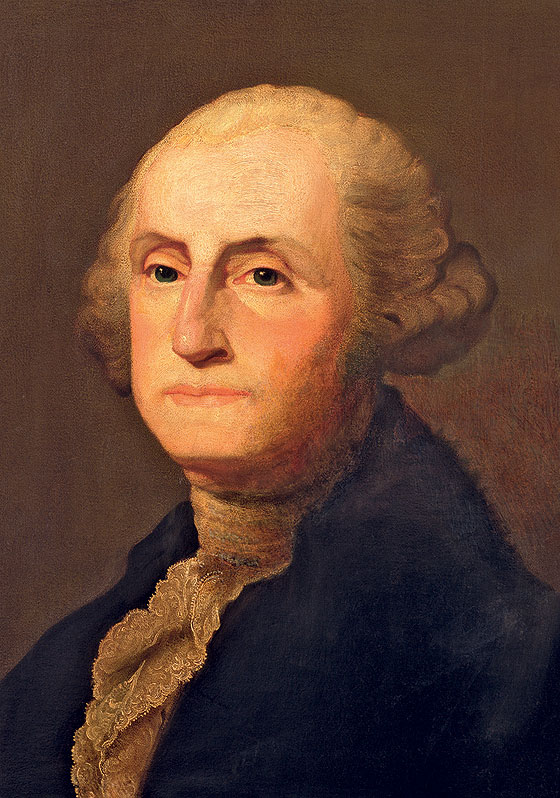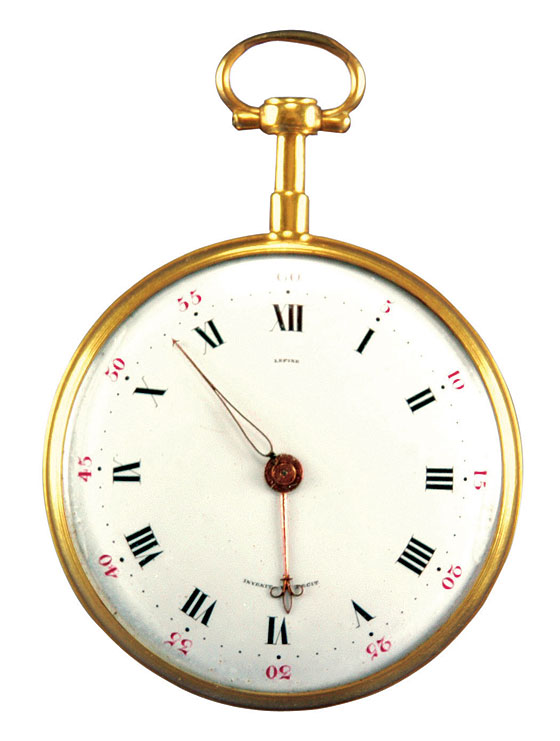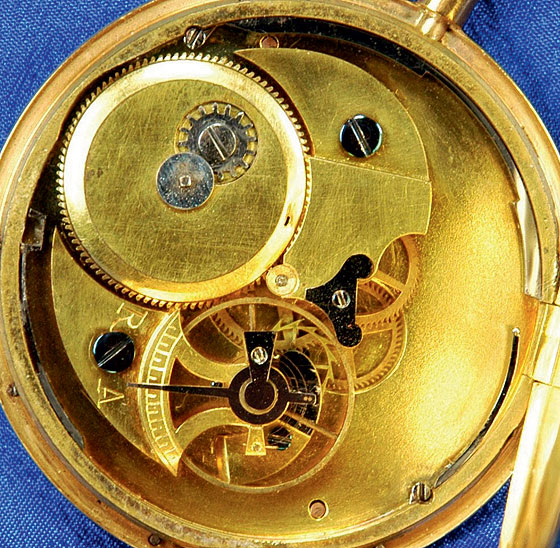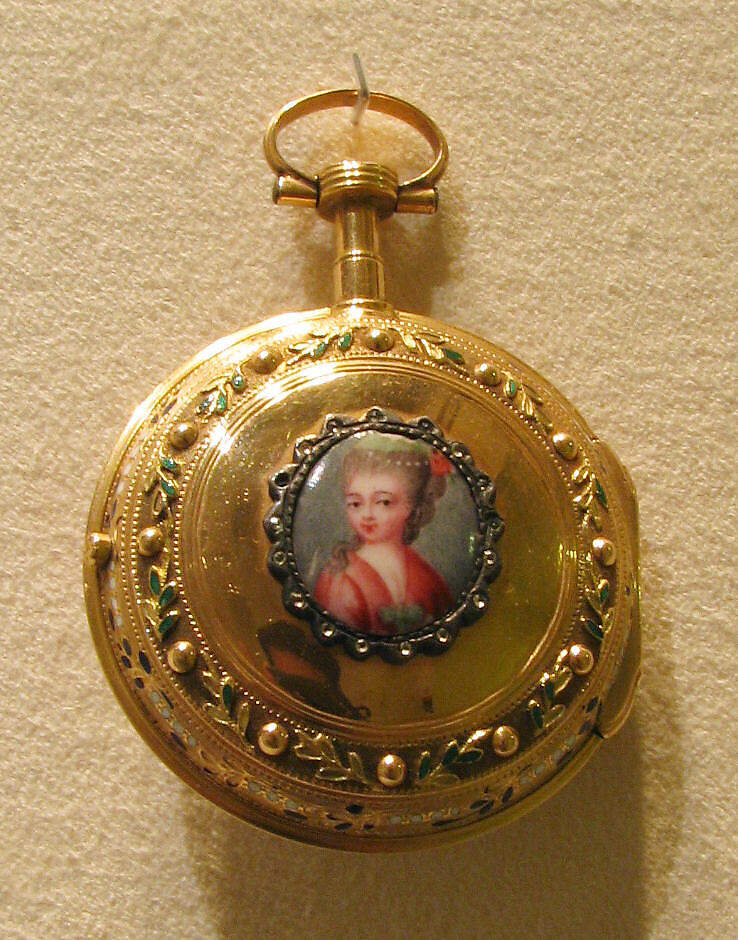https://www.watchtime.com/featured/watch-u-s-presidents-timepieces/

When George Washington wanted a new watch in 1788, he wrote to his fellow Founding Father Gouverneur Morris, asking him to buy one for him in Paris. Morris, who would become U.S. minister to France three years later, was making a business trip there.
Washington asked for a simple, gold watch of good quality, similar to the big, slender one that Thomas Jefferson had gotten for James Madison. He sent Morris 25 guineas, saying he would pay more if necessary (according to the book Jean-Antoine Lépine, Horloger by Adolphe Chapiro).
Three months later, Morris wrote Washington from Paris that Jefferson had warned him against the maker of Madison’s watch, claiming he was a crook. Jefferson instead recommended that Morris go to another watchmaker, named Romilly. Sadly, Romilly turned out to be a bad apple, too, Morris explained to Washington. Morris then asked a merchant for yet another recommendation and was given the name of a watchmaker named Gregson. He was no better than the first two.
Finally, Morris sound success when he visited Jean-Antoine Lépine, watchmaker to King Louis XVI and one of the greatest watchmakers to ever live.
He bought two identical watches from Lépine, one for Washington and one for himself.
They were large, simple, key-wound watches with virgule escapements. Washington’s was numbered 5,378 and remained in his family’s possession until 1935. The watch’s cuvette is engraved with the inscription “Remontez à droite/Tournez les Equilles/Lepine Hger du Roy/A Paris.”
(Remontez à droite/Tournez les Equilles = Go back up to the right/Turn the Equilles or Pin.)


George Washington owned another watch, one he gave to Colonel Thomas Johnson, the first governor of Maryland, elected in February 1777. The watch does not have any visible marks identifying its maker, but it does have the symbol of the canton of Neuchâtel, Switzerland. The watch bears the inscription, “Trenton N.J./Dec. 10th 1777/Presented to my Friend/Col. Thos. Johnson of Md./as a Memento/of my great Esteem/Geo. Washington.”
________________________________________________________________________
Jean Antoine I Lépine (Clockmaker)
https://www.lapendulerie.com/en/artists/jean-antoine-i-lepine/
Signing his works “Lepine Hger du Roi/A Paris”, Jean-Antoine I Lépine was one of the most important Parisian clockmakers of the second part of the 18th century. Lépine initially worked as an “ouvrier libre”, then became a master on March 13, 1762, and taking over the stock of his colleague Caron, who held the title of Horloger du Roi et du Garde-Meuble de la Couronne. Having settled in the rue Saint-Denis in 1756, the place Dauphine in 1772, the rue des Fossés Saint-Germain-l’Auxerrois in 1777, and then the rue des Vieux-Augustins during the Revolutionary period, Lépine led one of the most productive and renowned workshops of the reign of Louis XVI.
During the Revolution, an inventory was drawn up of the clocks that belonged to the Garde-Meuble de la Couronne and the royal family; it contained no fewer than thirty-two clocks by Lépine. In addition to the clocks made for the king and his entourage, Lépine made many luxury horological pieces for the important collectors of the time, including Prince Charles of Lorraine and the Marquis de Montesquieu.
_____________________________________________________________________
Some examples of Jean-Antoine Lépine pocket watches
https://www.metmuseum.org/art/collection/search/187188

Lépine was appointed clockmaker (Horloger du Roy) to Louis XV (1710–1774) probably about the end of 1765 or the beginning of 1766, and he included the appointment in his signature until about 1790 or 1792, when revolutionary activity in France made a mention of the monarch impolitic, if not dangerous. In the period leading up to the Revolution, his watches became famous for their slim elegance
and increasingly inventive technology.
The Museum’s watch is a simpler product of the 1760s, displaying Lépine’s effort to decrease the space between the plates of the movement while still allowing room for the verge escapement.
George Washington’s watch had Hger du Roi carved on it.
Geroge Washinton Wrote his letter in 1788 requesting a pocket watch.
His watch had Hger du Roi on it.
If he had got it a couple of years later it would not had that signature.